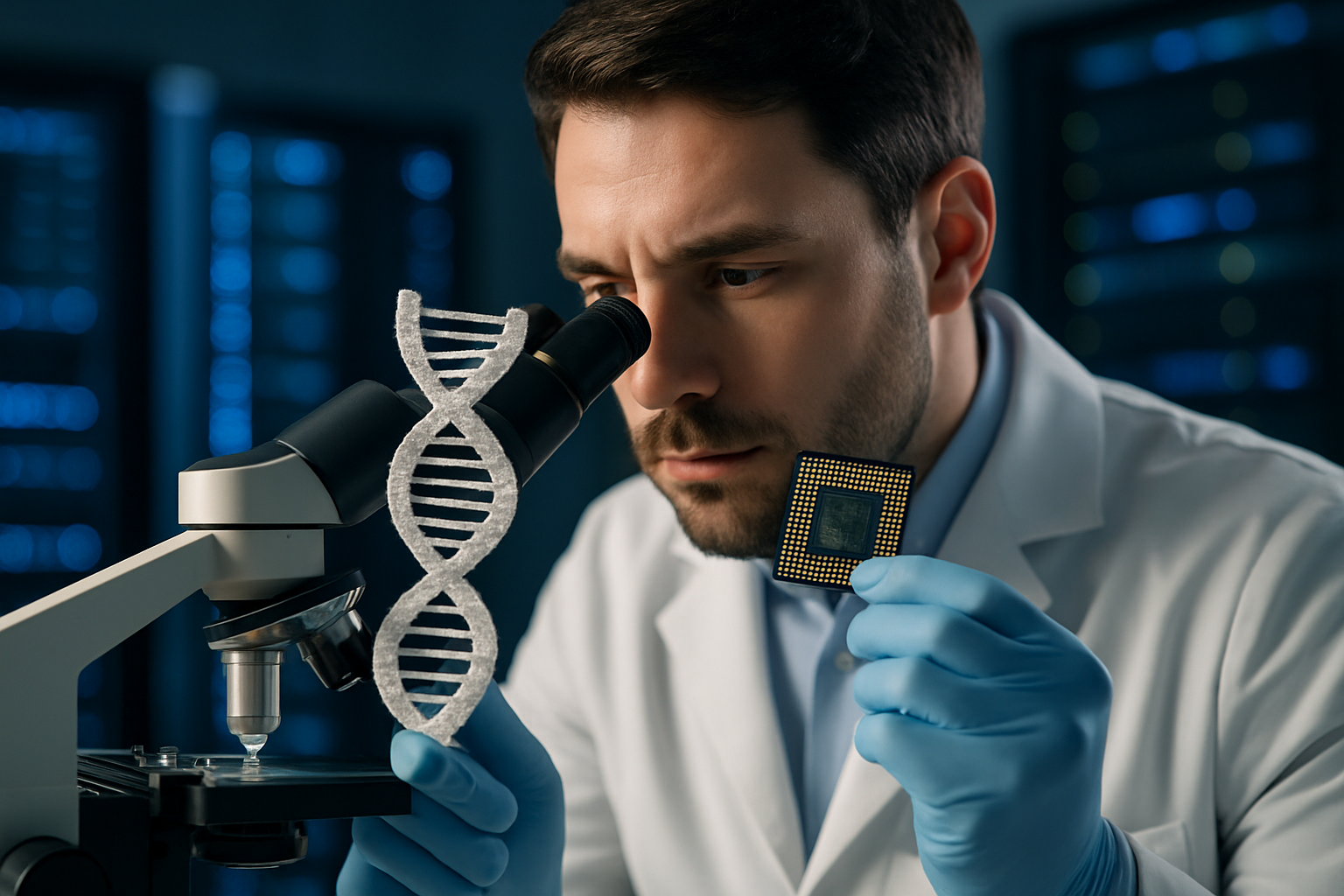Legal Implications of Synthetic Biology in Agriculture
In an era of rapid scientific advancement, synthetic biology is emerging as a transformative force in agriculture. This cutting-edge field, which involves redesigning organisms for useful purposes by engineering them to have new abilities, is poised to revolutionize food production. However, as with any groundbreaking technology, it brings a host of complex legal and regulatory challenges that demand careful consideration.

Regulatory Frameworks and Their Limitations
The current regulatory landscape for synthetic biology in agriculture is a patchwork of existing frameworks originally designed for traditional genetically modified organisms (GMOs). In many jurisdictions, these regulations struggle to keep pace with the rapid advancements in synthetic biology. The United States, for instance, relies on a coordinated framework involving the Environmental Protection Agency (EPA), the Food and Drug Administration (FDA), and the Department of Agriculture (USDA). However, this system often fails to address the unique challenges posed by synthetic biology, such as the creation of entirely novel organisms with no natural counterparts.
Intellectual Property Rights and Patent Law
The intersection of synthetic biology and patent law presents a complex legal landscape. While traditional plant breeding techniques have long been subject to patent protection, the advent of synthetic biology raises new questions about the patentability of engineered organisms and their components. Courts and patent offices worldwide are grappling with issues such as whether synthetic DNA sequences should be considered products of nature or human invention. These decisions have far-reaching implications for innovation, market competition, and access to genetic resources in agriculture.
Biosafety and Environmental Regulations
As synthetic biology pushes the boundaries of what’s possible in agriculture, it also raises significant biosafety concerns. Regulators must contend with the potential environmental impacts of releasing engineered organisms into ecosystems. This includes assessing the risks of gene flow to wild relatives, impacts on non-target organisms, and the potential for unintended ecological consequences. Developing robust risk assessment protocols and containment strategies for synthetic biology applications in agriculture remains a critical challenge for policymakers and scientists alike.
International Trade and Harmonization Efforts
The global nature of agricultural trade adds another layer of complexity to the legal landscape surrounding synthetic biology. Different countries have adopted varying approaches to regulating synthetic biology products, leading to potential trade barriers and regulatory disparities. Efforts to harmonize international regulations, such as the Cartagena Protocol on Biosafety, face significant challenges in addressing the unique aspects of synthetic biology. Balancing national sovereignty, trade interests, and global biosafety concerns requires delicate diplomatic negotiations and innovative legal solutions.
Consumer Rights and Labeling Requirements
As synthetic biology products enter the food supply, questions of consumer rights and transparency come to the forefront. Labeling requirements for genetically engineered foods vary widely across jurisdictions, and the advent of synthetic biology further complicates this issue. Policymakers must navigate the delicate balance between providing consumers with meaningful information and avoiding stigmatization of safe and beneficial products. Legal frameworks must evolve to ensure clear, consistent, and scientifically sound labeling practices that empower consumers to make informed choices.
Ethical Considerations and Public Engagement
The legal and regulatory landscape of synthetic biology in agriculture is inextricably linked to broader ethical considerations and public perception. Laws and policies must not only address technical and safety concerns but also reflect societal values and ethical norms. Engaging the public in meaningful dialogue about the potential benefits and risks of synthetic biology in agriculture is crucial for developing legitimate and effective governance frameworks. Legal mechanisms for public consultation and stakeholder engagement will play a vital role in shaping the future of this transformative technology.
In conclusion, the integration of synthetic biology into agriculture presents a complex and evolving legal landscape. As this technology continues to advance, it is imperative that legal and regulatory frameworks evolve in tandem, striking a balance between fostering innovation and ensuring public safety and environmental protection. The coming years will undoubtedly see significant developments in this area, as lawmakers, scientists, and society at large grapple with the profound implications of this revolutionary approach to food production.





